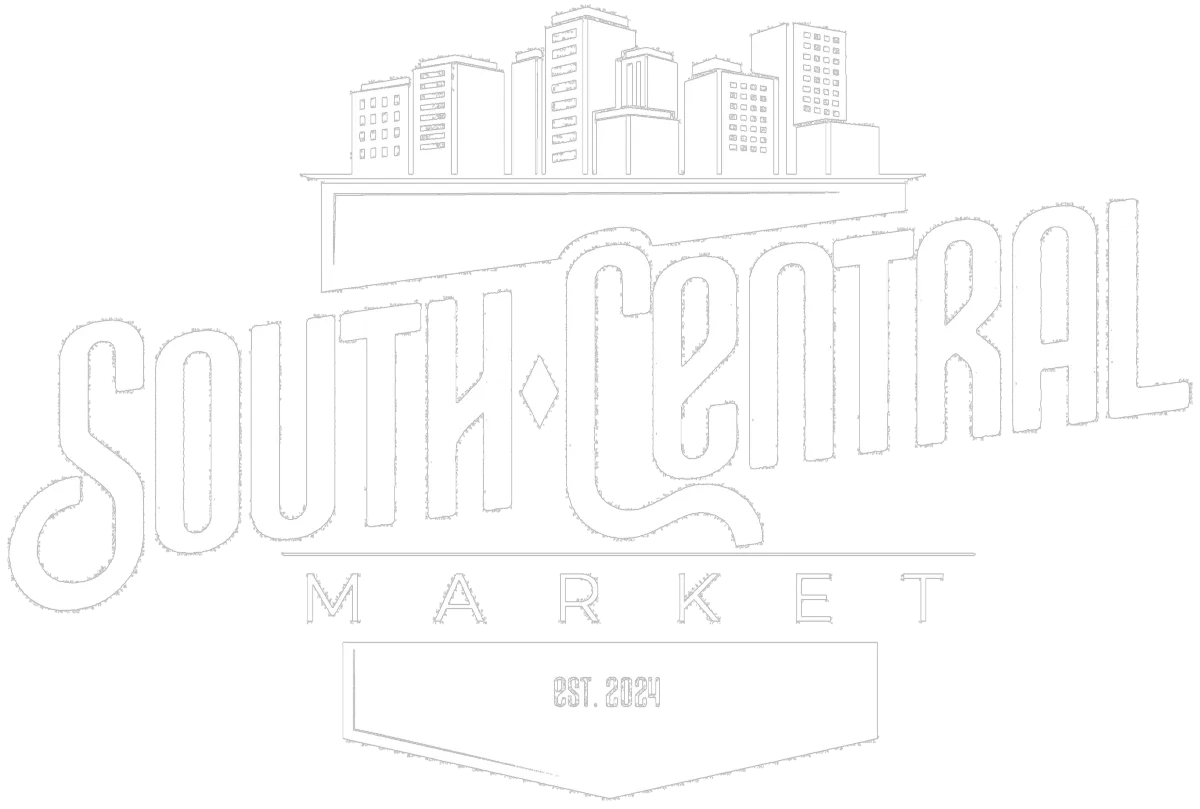
Sourcing Local & Sustainable Ingredients: A Guide for Food Entrepreneurs
1. Why Source Local & Sustainable Ingredients? 🌱
Choosing local and sustainable ingredients offers many benefits:
✅ Better Quality & Freshness – Farm-to-table ingredients taste better and are harvested at peak ripeness.
✅ Supports Local Farmers & Businesses – Strengthens the community and keeps money in the local economy.
✅ Environmentally Friendly – Reduces carbon footprint by minimizing transportation.
✅ Healthier Ingredients – Fewer preservatives and more nutrients.
✅ Builds Brand Trust – Customers appreciate businesses that prioritize sustainability.
💡 Tip: Highlight your local sourcing on your menu and marketing materials to attract eco-conscious customers!
2. How to Find Local Farmers & Suppliers 🏡
Building relationships with local farmers, ranchers, and artisan suppliers is key to getting the best ingredients. Here’s where to start:
A. Farmers Markets
🔹 Visit your local farmers market to connect directly with growers and producers.
🔹 Ask vendors about bulk pricing and wholesale options for businesses.
B. Local Farms & CSAs (Community Supported Agriculture)
🔹 Many farms offer business partnerships and wholesale pricing.
🔹 CSAs allow you to receive weekly or bi-weekly deliveries of fresh produce.
📍 Where to Find Farms & CSAs in Your Area?
✔ Visit LocalHarvest.org to search for farms by location.
✔ Check Baltimore’s Farmers Market & Bazaar for local vendor contacts.
C. Regional Food Hubs & Cooperatives
🔹 Food hubs aggregate local farm products and distribute them to businesses.
🔹 They help small food entrepreneurs access fresh, local ingredients without individual farm partnerships.
💡 Tip: Partnering with food hubs can simplify logistics, especially if you need consistent supply at scale.
3. How to Build Strong Relationships with Farmers & Suppliers 🤝
Once you find a great supplier, nurturing the relationship is key. Here’s how:
A. Communicate Your Needs Clearly
✔ Be upfront about your volume, budget, and ingredient requirements.
✔ Discuss availability and seasonality – not all ingredients are available year-round.
B. Offer Long-Term Partnerships
✔ Farmers appreciate consistent, repeat business.
✔ Committing to regular orders can secure better pricing and priority access to top-quality ingredients.
C. Visit the Farms & Know Your Suppliers
✔ Take time to visit farms and learn about their growing practices.
✔ Showing interest in their work helps build trust and a lasting partnership.

💡 Tip: Develop a "Meet Our Farmers" section on your website to showcase your sourcing transparency!
4. Sourcing Sustainable Proteins & Dairy 🥩🐟
If your business includes meat, seafood, or dairy, here’s how to source responsibly:
A. Meat & Poultry
🔹 Look for pasture-raised, hormone-free, and antibiotic-free meats.
🔹 Connect with local butchers or family farms rather than large distributors.
B. Sustainable Seafood
🔹 Choose wild-caught, responsibly farmed, and seasonal seafood.
🔹 Use the Monterey Bay Aquarium’s Seafood Watch Guide to find eco-friendly options.
C. Dairy & Eggs
🔹 Opt for grass-fed dairy and pasture-raised eggs for higher nutritional value.
🔹 Many local farms offer farm-direct dairy partnerships for bulk orders.

💡 Tip: Ask farmers about their animal welfare and environmental practices to ensure alignment with your sustainability goals.
5. Organic vs. Local: What’s More Important? 🌾
Many food businesses debate whether to prioritize local or organic ingredients. Here’s a simple breakdown:
✔ Local & Not Organic? Still a great choice! Many small farms use organic practices but can’t afford certification.
✔ Organic & Local? The best of both worlds—if you can source it.
✔ Organic & Imported? While organic is great, long-distance shipping negates some sustainability benefits.
💡 Tip: When in doubt, choose local over organic, especially when sourcing perishable items like produce, dairy, and meats.
6. Budgeting for Local & Sustainable Ingredients 💰
Yes, high-quality ingredients can cost more, but here’s how to keep costs manageable:
A. Buy in Bulk & Plan Seasonally
🔹 Order large quantities of in-season produce and freeze or preserve extras.
🔹 Work with farmers to plan your menu around seasonal availability.
B. Reduce Food Waste
🔹 Use "ugly" produce – it’s cheaper but just as fresh!
🔹 Incorporate nose-to-tail or root-to-stem cooking to minimize waste.
C. Balance Premium & Cost-Effective Ingredients
🔹 Use local, premium ingredients for hero dishes while balancing with affordable staples.
🔹 Example: Feature locally sourced proteins but pair them with inexpensive grains or legumes.

💡 Tip: Highlight “Seasonal Specials” on your menu to justify premium pricing for fresh, local items!
Final Thoughts: Make Local & Sustainable Sourcing a Brand Value 🌎
Sourcing local and sustainable ingredients isn’t just about quality—it’s about building a brand that values transparency, ethics, and community support. Customers are willing to pay more for food they trust, and working with local farmers helps set your business apart.
At La Chow Shared Kitchen, we support food entrepreneurs by providing access to licensed, commercial kitchen space that makes sustainable sourcing easier.

